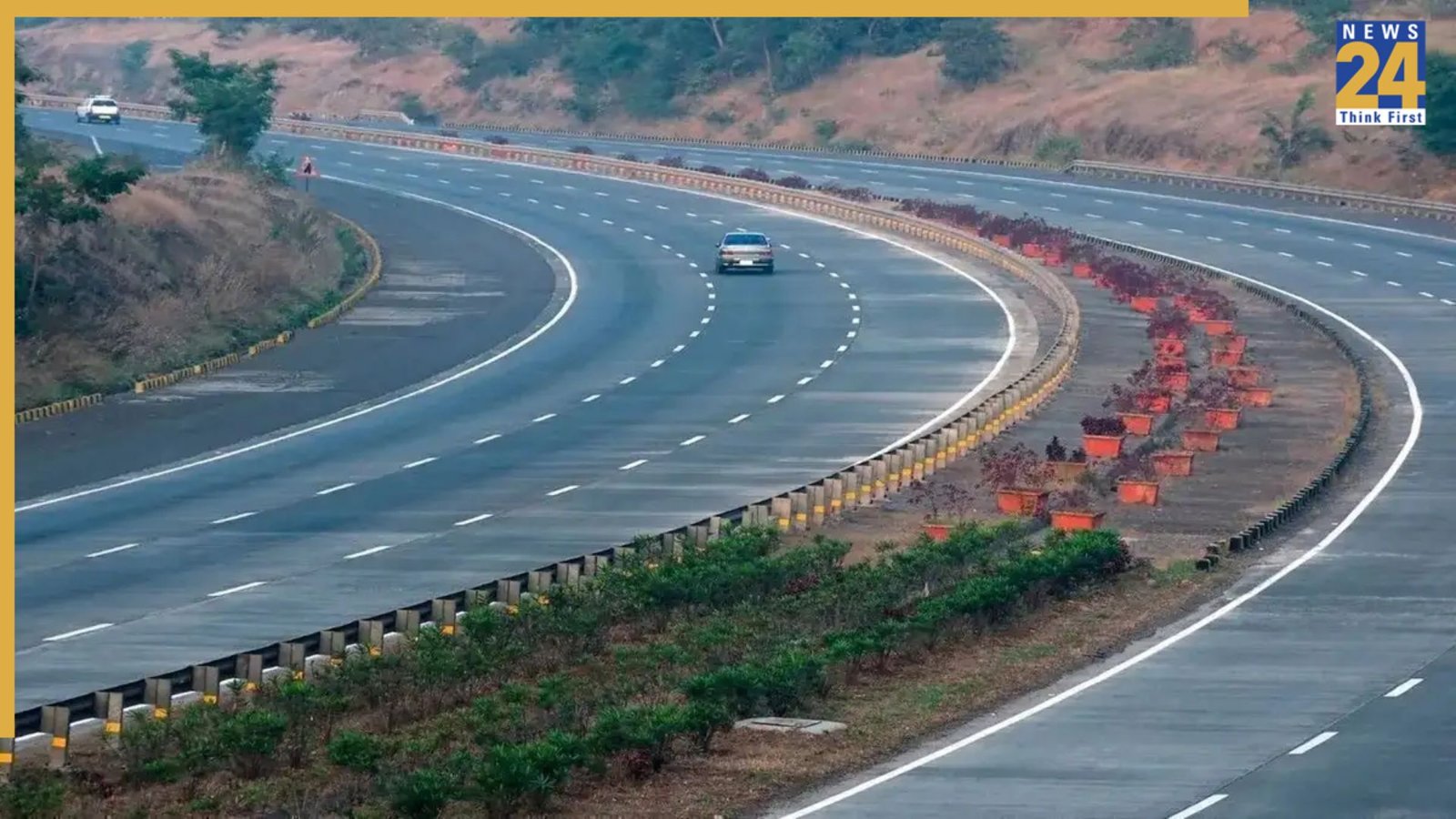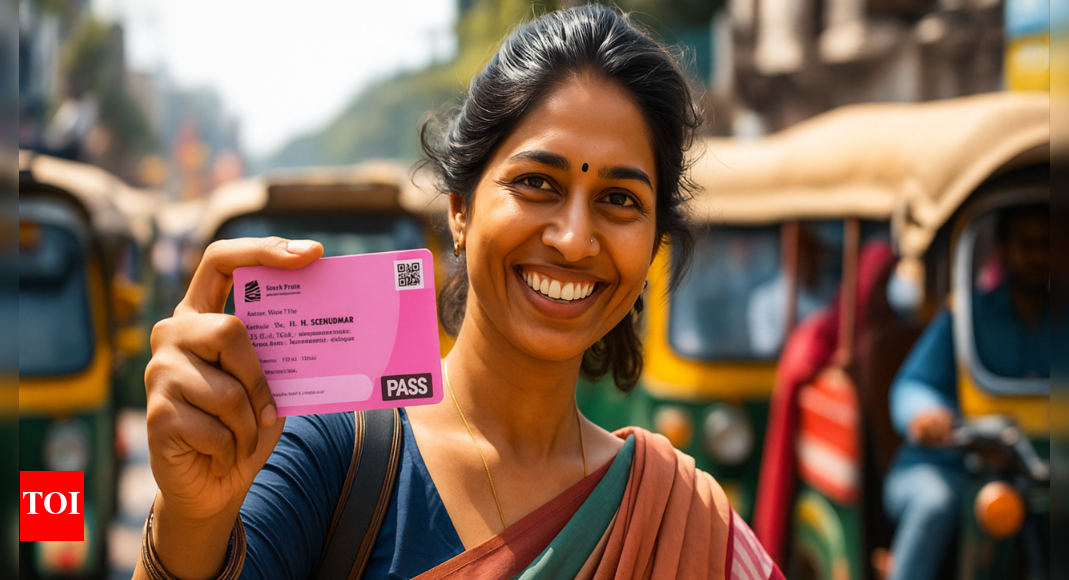Travel Guides & Articles
Is it smart to use personal loan to fund your next trip?

Personal loans are increasingly becoming a preferred option for Indians to pay for holidays. A recent consumer insights report, ‘How India Travels Using Holiday Loans (Vol. 2.0)’ by Paisabazaar, shows that 27% of personal loan borrowers in the first half of 2025 used the money for travel. This is a notable jump from 21% in 2023.
Holiday loans have now overtaken home renovation as a borrowing reason. Loans for home improvements fell to 24% in 2025 from 31% in 2023.
The findings are based on responses from over 5,700 users in 97 Indian cities and towns, and they show a growing appetite for leisure travel, especially among younger borrowers and those living outside major metros.
GROWTH IN SMALLER CITIES
Most of the rise in holiday loans is from non-metro India. In 2025, 71% of borrowers came from Tier-2 and Tier-3 cities, up from 68% in 2023. Cities such as Lucknow, Surat, Jaipur, Patna, and Durgapur have been major contributors.
In comparison, Tier-1 cities made up 29% of such borrowers, slightly down from 32%, showing that smaller cities are driving the trend.
Among Tier-1 metros, Delhi leads with 35% of holiday loan borrowers, followed by Hyderabad at 18%. Mumbai accounts for 15% and Bangalore 14%, while Chennai, Kolkata, and Ahmedabad each have a 6% share.
YOUNGER BORROWERS LEAD THE DEMAND
The report points to a sharp increase in borrowing among younger travellers. Gen Z, under the age of 30, made up almost 30% of borrowers in the first half of 2025, more than double their share in 2023. Millennials, aged 30 to 40, remain the largest group at 47%.
Borrowers are also showing a preference for smaller loan sizes. About 30% borrowed between Rs 1 lakh and Rs 3 lakh, while 20% borrowed between Rs 50,000 and Rs 1 lakh. This suggests that many prefer to keep repayments manageable and avoid long-term debt.
Private sector salaried employees form the largest share of holiday loan borrowers at 65%. Business owners’ share has risen from 12% in 2023 to 17% in 2025. Self-employed professionals account for 12%, while government employees make up 6%.
PEAK SEASONS AND POPULAR DESTINATIONS
The highest demand for holiday loans was in January, May, and June 2025, with January alone contributing 21%. These months align with popular winter and summer travel seasons.
Goa is the top domestic holiday destination for borrowers, with 18% choosing it, followed by Kashmir (16%) and Himachal Pradesh (14%). Internationally, South East Asia is the most popular region with 44% of borrowers, including destinations such as Thailand, Vietnam, Singapore, and Bali. The Middle East attracts 32%, while the USA and UK together account for 20%.
The report indicates that financing travel through personal loans is becoming a mainstream choice. Rising financial confidence in smaller cities, the growing participation of younger borrowers, and a preference for smaller loan amounts suggest this trend will continue.
IS IT PRACTICAL TO GO ON A HOLIDAY WITH LOAN MONEY
Holidays for most people mean going out with family or friends, spending time on a hill station, beach, or maybe on a riverside to get freedom from work and stress. However, in some cases, going on a vacation on your loan money might just do the opposite to you.
Abhishek Kumar, Sebi RIA and Founder of SahajMoney, said that while personal loans for travel may seem practical because of easy access and repayment flexibility, the high interest costs make them expensive. “It could be used as a last option when one is facing a liquidity issue but has stable income and can comfortably manage monthly EMIs,” he said.
Kumar advises first-time borrowers to avoid taking a loan for a holiday as it can lead to reliance on credit for non-essential spending. “Ideally, one should not use a loan for travel as it could lead to a situation where one would start using it as the first option and then fall into a debt trap,” he warned.
Instead, he recommends building a dedicated travel fund that covers all trip-related expenses.
If borrowing is unavoidable, Kumar suggests maintaining a credit score above 685–730 to get favourable rates, comparing offers from multiple lenders, and ensuring EMIs do not exceed 20–30% of monthly income.
On the growing trend of holiday loans, he observed that it reflects the “YOLO” mindset of the younger generation, who are more willing to take loans for lifestyle expenses rather than essential needs.
This, he cautioned, mirrors risky financial behaviour that could lead to future stress when repayments clash with regular expenses.
Kumar points out that better alternatives exist, such as saving through recurring deposits or liquid funds, which maintain liquidity while earning returns. For short trips, he notes that credit cards can be cost-effective if the bill is paid in full within the 40–50 day interest-free period.
Whether planning a beach escape in Goa or an overseas holiday in Southeast Asia, more Indians are relying on personal loans to turn their travel plans into reality, but experts warn that disciplined financial planning remains the safest route.
(Disclaimer: The views, opinions, recommendations, and suggestions expressed by experts/brokerages in this article are their own and do not reflect the views of the India Today Group. It is advisable to consult a qualified broker or financial advisor before making any actual investment or trading choices.)
– Ends
Travel Guides & Articles
Travel Meerut To Prayagraj In JUST 6 Hours News24 –

The work of the Ganga Expressway, being constructed from Meerut to Prayagraj is now moving towards completion. Especially in the Hasanpur tehsil of the Amroha district, this expressway has been completely completed. Now, only the final work is going on, which is almost complete. It is expected that vehicles will start running on this route in the coming month.
The construction of a 23.60 km-long expressway in the Hasanpur area is planned to be completed by 12 October 2025, although road construction and lighting work have already been completed here. The work of laying a pipeline for drainage of rainwater has also been completed.
An overbridge and T-point have been prepared on the Hasanpur-Rahra road in Mangrola. Four toll plazas have also been built on both sides of this T-point. Apart from this, the construction of the bridge over the Ganga River in Pandapur has also been completed.
Officials say that some finishing work was stopped due to rain, which will be completed within the next one month. At the same time, sources say that the 594 km-long Ganga Expressway extending from Meerut to Prayagraj will be opened in the month of November, as reported by Jagran.
With the opening of the expressway, it will become very easy to cover the distance from Meerut to Prayagraj. People of Amroha will also get convenience in traveling to both the cities. This route will prove to be very useful for the devotees coming to the Tigri fair from Prayagraj and nearby districts. Also, devotees of Meerut, Hapur and Amroha will now be able to reach Sangam bath easily.
Apart from this, lawyers and litigants of western Uttar Pradesh will get great relief in reaching the Prayagraj High Court. They will be able to leave their home in the morning and return the same day after pleading their case in Prayagraj, as per media reports.
Travel Guides & Articles
A grown-up guide to India: How to ace the Golden Triangle and Mumbai – London Evening Standard

A grown-up guide to India: How to ace the Golden Triangle and Mumbai London Evening Standard
Source link
Travel Guides & Articles
Delhi’s Bhai Dooj gift: Pink Card registration to begin from mid October; free bus travel for women

The Delhi government is set to launch the registration process for its Pink Card, a lifetime free bus travel pass for women, from mid-October, as a Bhai Dooj gift to the women of the national capital.According to a senior transport department official, the Pink Card will be valid for a lifetime and aims to make public transport easier and more accessible. The initiative will replace the existing paper-based ticket system with the ‘Saheli Smart Card’, described as a permanent and personalised pass designed to provide women with unrestricted and secure travel on government-run buses.He said registration for the card is expected to begin in October, allowing “Delhi’s daughters and sisters to avail unlimited free travel as a token of the government’s commitment towards their welfare.” The exact launch date and procedure will be finalised in a meeting scheduled for the coming week.The card will also enhance safety and reduce inconvenience by eliminating the need for daily paper tickets, offering instead a hassle-free smart card.Plans for the Saheli Smart Card were first outlined in July. At the time, officials confirmed that it would carry the holder’s name and photograph and would be available to women and transgender residents of Delhi aged 12 years and above. The card, issued under the National Common Mobility Card (NCMC) framework, will allow free travel on all DTC and Cluster buses and can also be recharged and used across other transit services.“To obtain the card, applicants must be bona fide residents of Delhi, aged 12 years or above, and have valid proof of address. They must register online through the DTC portal, select a participating bank, and complete full KYC verification at the chosen bank branch,” the official told PTI.The list of required documents includes Aadhaar, PAN, proof of residence in Delhi, a passport-size photograph, and any additional paperwork specified under the bank’s KYC norms. Once the KYC process is completed, the issuing bank will dispatch the card directly to the applicant’s registered address.The Delhi government has invited Expressions of Interest (EoI) from banks and financial institutions to support the card’s roll-out. Officials clarified that while the government will not charge users for the free travel scheme, banks may impose a small fee for issuing or maintaining the card. In the event of loss, the cardholder must inform the issuing bank, which may replace it under its own policies.Before it can be used, the card must be activated through the Automatic Fare Collection System (AFCS) of DTC. While topping up will enable use across other public transport services, the free travel facility will apply only to DTC and Cluster buses.“No card will be issued directly by DTC. Registration is completely online through the DTC portal, and cards are issued only after full KYC verification by the selected bank,” the official added.The chief minister has previously criticised the old pink ticket system, introduced under the AAP government, arguing that it was prone to corruption.
-

 Business2 weeks ago
Business2 weeks agoThe Guardian view on Trump and the Fed: independence is no substitute for accountability | Editorial
-
Tools & Platforms1 month ago
Building Trust in Military AI Starts with Opening the Black Box – War on the Rocks
-

 Ethics & Policy2 months ago
Ethics & Policy2 months agoSDAIA Supports Saudi Arabia’s Leadership in Shaping Global AI Ethics, Policy, and Research – وكالة الأنباء السعودية
-

 Events & Conferences4 months ago
Events & Conferences4 months agoJourney to 1000 models: Scaling Instagram’s recommendation system
-

 Jobs & Careers2 months ago
Jobs & Careers2 months agoMumbai-based Perplexity Alternative Has 60k+ Users Without Funding
-

 Podcasts & Talks2 months ago
Podcasts & Talks2 months agoHappy 4th of July! 🎆 Made with Veo 3 in Gemini
-

 Education2 months ago
Education2 months agoVEX Robotics launches AI-powered classroom robotics system
-

 Education2 months ago
Education2 months agoMacron says UK and France have duty to tackle illegal migration ‘with humanity, solidarity and firmness’ – UK politics live | Politics
-

 Podcasts & Talks2 months ago
Podcasts & Talks2 months agoOpenAI 🤝 @teamganassi
-

 Funding & Business2 months ago
Funding & Business2 months agoKayak and Expedia race to build AI travel agents that turn social posts into itineraries





